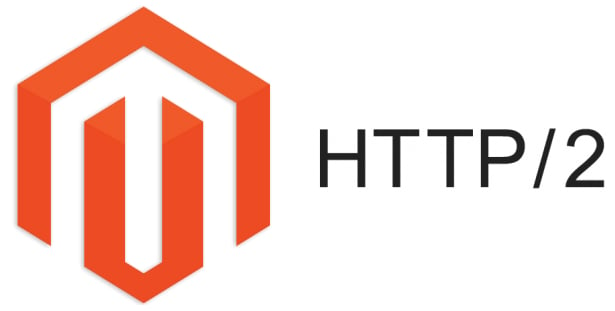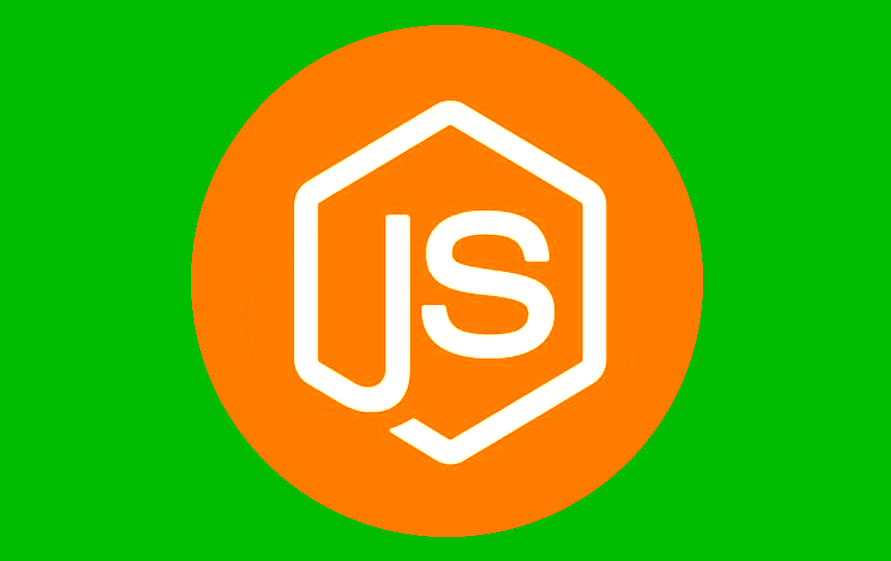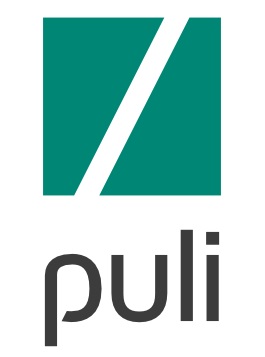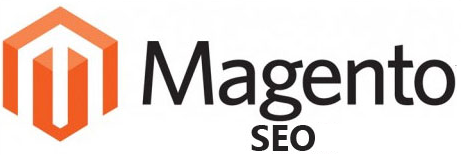The Best Magento Full Page Cache Extensions
 The speed of your Magento store is one of the key aspects of your success in an online business. This feature of every e-commerce store is taken into account by every search engine and has a significant influence on rankings. As a result, fast sites have the advantage over slower ones. That’s why the performance of your Magento store is really crucial.
The speed of your Magento store is one of the key aspects of your success in an online business. This feature of every e-commerce store is taken into account by every search engine and has a significant influence on rankings. As a result, fast sites have the advantage over slower ones. That’s why the performance of your Magento store is really crucial.
To improve your website speed and a page load time you can use one of Full Page Cache Magento Extensions. All the modules from this group rely on the same principle. When a visitor is on a page of your store for the first time, Magento automatically generates and delivers this page to the visitor. The copy of this page is saved to the cache. Eventually, all the pages of your store have cached copies, and the system use them instead of generating new pages from scratch. As a result you get a reduced database and server load and significantly decreased page load time. Next, you will find the list of the best Magento full page cache extensions. There are both free and paid solutions in our post. All the Magento FPC modules have the same goal, but slightly different features.









